Brief Introduction of LCD 3D Printers

LCD 3D Printers use an LCD display module to project a certain light pattern which is then used to cure resin in the resin vat. LED light is used as the light source while the LCD screen controls the light pattern. Light is emitted from the LED lamp. It then passes through an LCD screen and is absorbed by the resin. An image of each layer is generated on the LCD screen while an entire layer is hardened at once.
Phrozen LCD 3D Printers use ParaLED technology in which an array of LED chips project light through the LCD screen which is then uniformly distributed over the print area.
Brief Introduction of DLP 3D Printers

DLP 3D printing, or digital light processing, uses a digital projector to flash UV light across the printing area and cures a layer of resin at once.
The optical pattern for DLP 3D printing is mainly generated by a Digital Micromirror Device (DMD) inside its projector lens. The DMD itself consists of numerous tiny mirrors that control the projected pattern of light. As light is reflected onto its surface, it then becomes angled towards the liquid resin.
Brief Introduction of SLA 3D Printers

SLA 3D printing, or stereolithography, uses lasers as a light source to print out 3D prints. As the laser traces each point in a single layer, the liquid resin hardens in the process.
As the laser bounces off a computer-controlled mirror, it is guided by the mirror to hit different coordinates of the resin so that it cures into layers.
Comparing Resolution

Resolution is related to 3 dimensions: XY Resolution and Z Resolution.
Z Resolution is basically defined by the specification of the 3D printer’s motor, motor driver, and lead screw. Z Resolution refers to the minimum layer height. For daily prints, we will use the average layer height, such as 30 - 100µm, to print instead of the minimum layer height.
For instance, the Z resolution of the Phrozen Sonic 4K is 10µm, but we generally print at a layer height of 30 - 100µm. The lower the layer height, the longer it will take for the model to print. This means that as we increase the number, the printer will print faster. Please note that layer thickness can be pre-set on each 3D printer.
Keep in mind that the resolution of the STL file itself will also affect the resolution of the final print.
For each type of 3D printer, the XY resolution is defined as below:
LCD 3D Printers: For LCD 3D printers, XY resolution is defined by pixel size.
LCD 3D printers can produce 3D prints with higher resolution, depending on the pixel size of the printer's LCD.

In each LCD screen, you can calculate the pixel size by dividing the length of the LCD by the number of pixels on the length of the LCD screen. Let’s take Phrozen Sonic Mini 4K as an example, its X resolution (pixel size) is 134.4 mm / 3840 pixels = 0.035 mm.
Phrozen Sonic Mini 4K offers 4K resolution printing at 35 µm and 722 PPI. PPI refers to the Pixel Per Inch. The higher the PPI of a printer, the more details of a 3D model can be produced.
DLP 3D Printers: For DLP 3D printers, XY resolution is defined by the pixel size as well. Though the difference is, DLP 3D printers’ pixel size depends on the size of the tiny mirrors on the DMD.
Each layer is seen as square pixels and light is projected according to pixel size.
DLP 3D printers use the same concept as LCD 3D printers; you can calculate the pixel size by dividing the length of the tiny mirrors by the number of pixels present on the DMD.
SLA 3D Printers: For SLA 3D printers, the XY resolution will depend on the average spot size of the laser beam and the increments at which the laser beam is controlled.
The laser spot size can be adjusted according to the size of your prints. Some might also define its resolution in different ways, such as scanning speed or beam size at minimum power.
Due to differences in techniques, SLA 3D printers should be treated as a separate case when comparing side-by-side with DLP and LCD 3D printers.
Comparing Accuracy & Precision
LCD 3D Printers: As there are a wide variety of LCD 3D printers on the market, companies are now rushing to create LCD 3D printers that are much more precise and accurate than previously possible. This means that LCD 3D printers are getting close to the accuracy and precision provided by traditional SLA 3D printers with proper calibration components.
Phrozen LCD 3D printers use ParaLED technology to ensure that the angle of UV light emission is as parallel as possible. This is to make sure that each resin layer receives an equal amount of UV lighting during the printing process, increasing the efficiency of how light passes through the LCD screen and at the same time projecting each pixel size precisely and accurately.
DLP 3D Printers: DLP 3D printers tend to be less precise than SLA & LCD 3D printers.
This is because DLP printers use a projector lens to project light from a small source to a wider source, making it more likely that its pixels become distorted due to spherical aberration.
Some professional DLP 3D printers try to improve this slight distortion by creating floor-standing 3D printers to increase the length of projection to reduce the impact of spherical aberration.
SLA 3D Printers: As lasers are used in SLA printing, 3D models printed using this technique tend to be accurate and precise. SLA 3D printers print out models with an even and smooth surface as the laser moves through a continuous path while slowly drawing out each layer.
Though SLA 3D printers can print out smooth models, the price of purchasing such a device could be 3-5 times higher than LCD 3D printers. It also takes much longer to print with an SLA 3D printer as we will explain next. For those looking to print resin miniatures and other similar models at home, it would be more worthwhile to purchase an LCD 3D printer for speed and cost purposes.
Comparing Speed

LCD 3D Printers: LCD 3D printers are similar to DLP 3D printers in that an entire layer of resin can be cured at once, meaning that it also can print much faster than SLA 3D printers and print out a collection of 3D models in one go.
Print speed could range anywhere from 20mm for the Phrozen Shuffle XL Lite to 80mm, for our Sonic Mini 4K, depending on whether the 3D printer uses a Mono-LCD screen.
Mono-LCD screens last much longer and print much faster than typical color LCD screens.
This is because monochrome LCD screens are designed for the purpose of allowing higher light transmission and higher thermal resistance. This way, 3D printers that use Mono-LCD screens can cure resin at a shorter layer exposure time and have a longer lifetime than Color LCD screens.
In comparison, Color LCD screens take longer to cure resin as the LCD panel has a lower light transmission rate than Mono-LCD screens.
Leading ahead of the curve, Phrozen was the first to develop Mono-LCD technology in the 3D printing world.
DLP 3D Printers: As an entire layer of resin is cured with UV light at once, this means that you can print a large number of tiny models at once while using a DLP printer. The process will be much faster than an SLA 3D printer and even some LCD 3D printers.
DLP printers can print from 20 up to 140 mm/hour, but it loses in resolution and produces models with a smaller print size than LCD 3D printers.
SLA 3D Printers: As SLA 3D printers use lasers to trace out the pattern of a single layer before moving onto the next layer, it takes a much longer time to print out each individual model using this type of printing technique.
Print speed could range from 14mm/hour to 36mm/hour.
As SLA 3D printers use a different technique while printing it cannot entirely be compared to the printing techniques of DLP or LCD 3D printers. If you're looking to print models with speed, it would be better to purchase LCD 3D printers for speed and accuracy purposes as SLA 3D printers print extremely slowly.
Cost
LCD 3D Printers: In comparison to other 3D printing techniques, LCD 3D printers are created as an affordable alternative to their 3D printing counterparts. These 3D printers use an LCD panel for printing purposes which can easily be replaced. Moreover, LCD printers can be made to be small, so most LCD 3D printers are desktop-sized which makes them easy to store.
LCD printers could cost anywhere from $199-$2,300. For instance, Phrozen Sonic Mini costs $199.99, while our Sonic XL 4K which costs $2,299.99.
Phrozen’s 3D printers produce models with efficiency while ensuring high-resolution printing to capture all the fine details of your 3D models. Phrozen offers a wide variety of resin printers for personal use, dental 3D printing, jewelry 3D printing, and more.
Click here to learn more.
DLP 3D Printers: DLP 3D printers are also more expensive than LCD 3D printers as it requires the use of Digital Micromirror Device (DMD) which tends to be costly as well.
DLP 3D printers usually range from $2,000 to $4,000 in price.
SLA 3D Printers: In terms of cost, SLA 3D printers tend to be more costly than their counterparts: DLP and LCD 3D printers. This is because SLA 3D printers include machines and lasers which tend to be more expensive.
Depending on the brand and type of SLA 3D printer you choose to purchase, the price could range from $3,500 for a basic SLA 3D printer to several hundred thousand dollars for an industrial SLA 3D printer.

While DLP 3D printers print the fastest, these produce models with low resolution and are also more costly than LCD 3D printers. 3D prints can also be easily distorted due to the use of a projector lens.
Though SLA 3D printers prints out resin 3D prints with accuracy and precision through the use of a laser, it prints very slowly, as it can only print one 3D model at a time. In comparison, both DLP and LCD 3D printers are capable of printing out an entire plate of 3D models in one go. SLA 3D printers also tend to be
Even though LCD 3D printers don’t print as fast as DLP 3D printers, it prints with accuracy and precision through the use of an LCD screen and UV lights, producing 3D models with extremely high resolution. LCD 3D printers, especially Phrozen LCD 3D printers, are also available at an extremely affordable price.

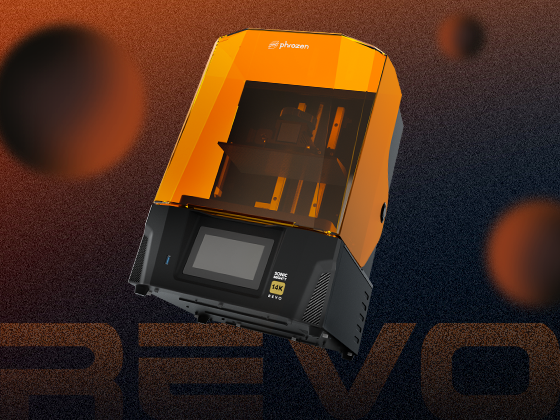
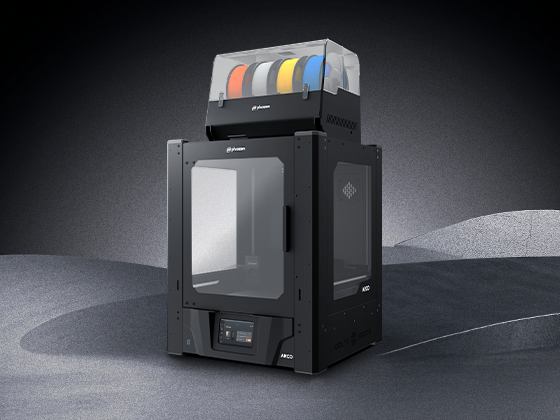
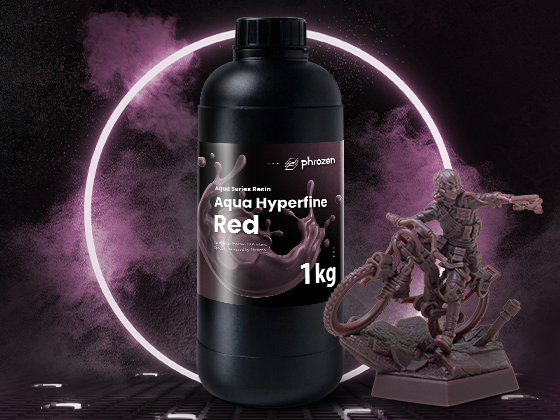
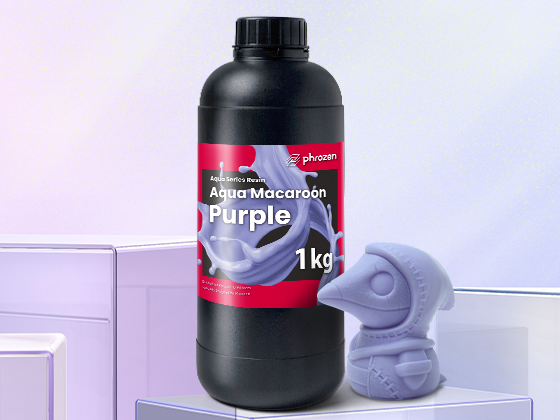
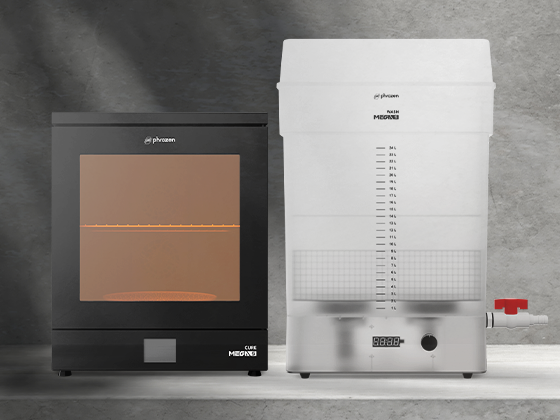
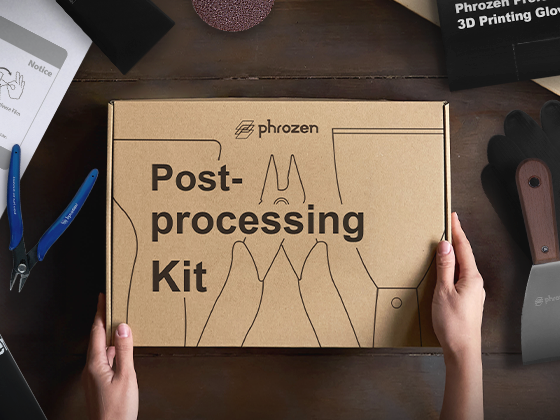
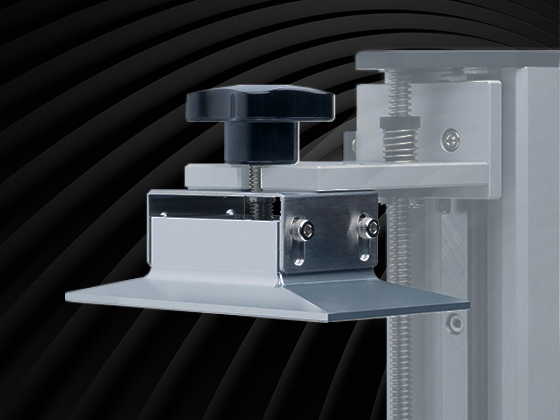
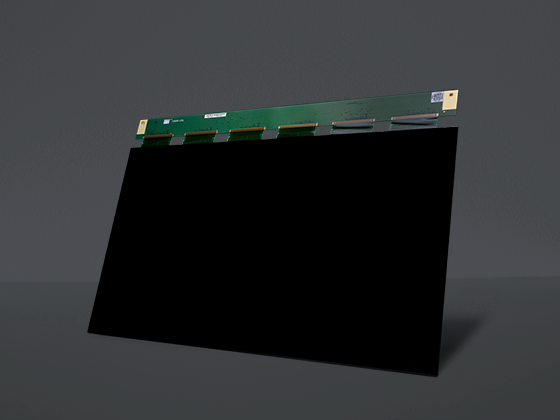
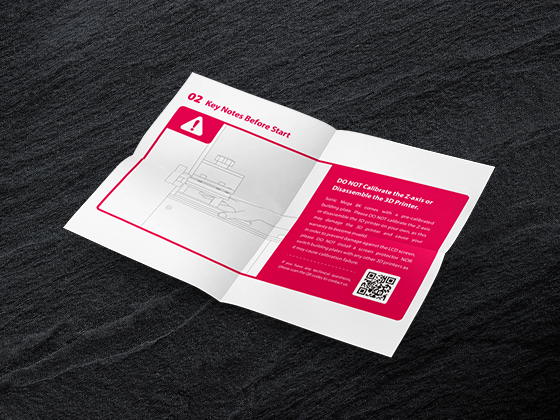
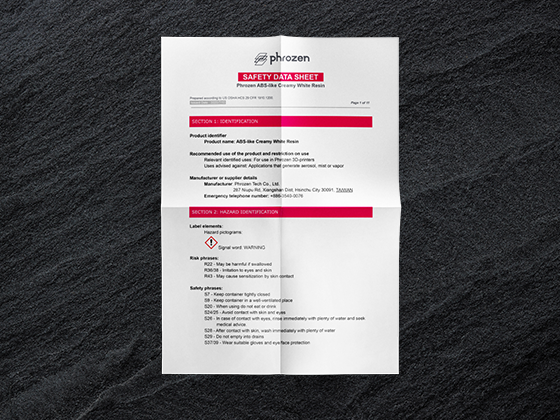
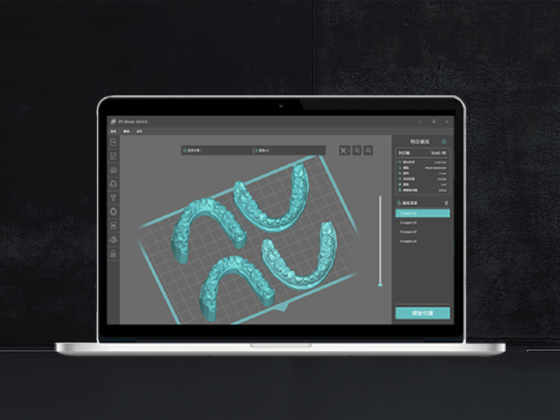

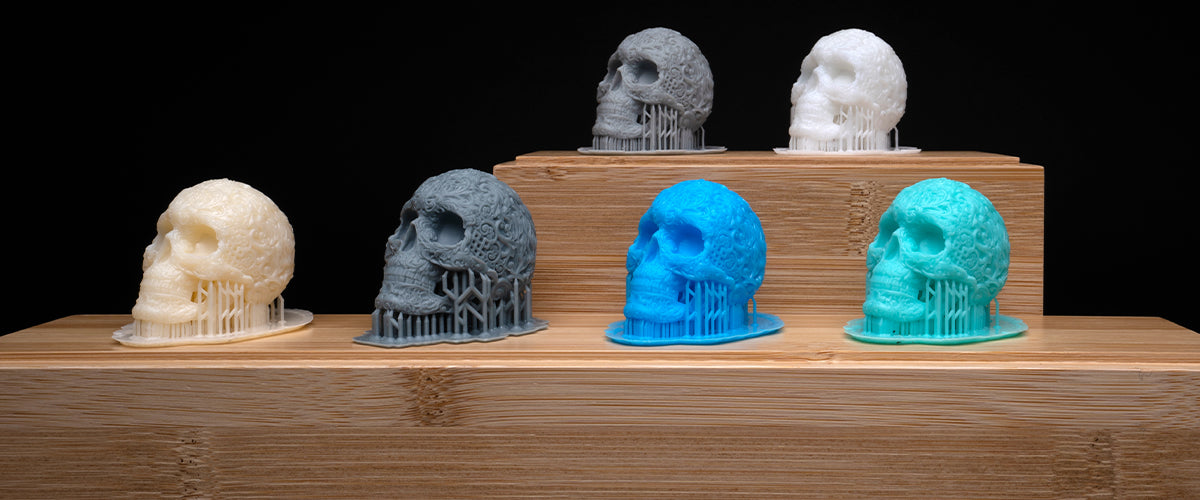
5 comments
Blair Smith
Really interesting post!
Really interesting post!
Blair Smith
Really interesting post!
Really interesting post!
Ryan
Thanks. This was a great place to start researching 3D printers. Some jargon went over my head, but the summary, is a great reference point.
Thanks. This was a great place to start researching 3D printers. Some jargon went over my head, but the summary, is a great reference point.
Blair Smith
Super interesting post!
Super interesting post!
Yevgeniy Brykalov
Thank you for all information and outline details it very helpful
Thank you for all information and outline details it very helpful